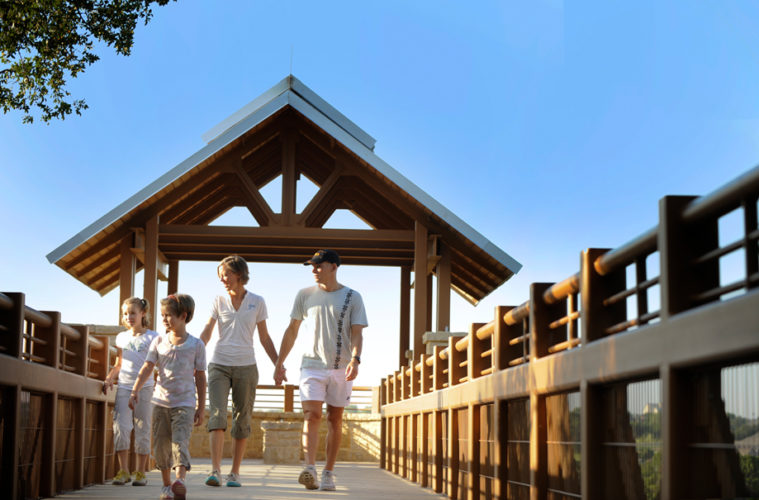To the north and a bit east of Dallas, where the air is a little clearer, and the mood a little lighter, you’ll find Collin County.
It’s only about 35 miles away from the center of Dallas, but it’s a world apart. No longer just a footnote to the metroplex, a wallflower watching the glitz and glamor of her big-city sisters, Collin County has her own ticket to the ball, and she’s bringing her friends.
Collin County Keeps Growing
The fastest growing county in Texas, Collin is approaching a population of one million folks – almost 100 new residents arrive a day – and they’re coming because of the outstanding quality of life that they don’t have to pay through the nose for. They’re joining a generally young, educated, and affluent community. The median age of residents is 35.9 years; 49.7% of those 25 and older have a bachelor’s degree or higher (almost doubling the state and national rates); and the median family income is $100, 839 (2015).
Made from Texas History
The county is named for Collin McKinney, a key architect of Texas Independence, who determined that the outer edges should only be 30 miles from the county seat, so that a man could ride his horse to McKinney from anywhere in the county, conduct his business, and return home that same day. Most of the flat or gently rolling land is rich Blackland Prairie, where farming and ranching once made up the economy.
Collin County Today
Today, the picture of Collin County is painted with a different brush. For the first time, more people in the county were born outside of the Lone Star State than in it. In fact, one in five county residents are foreign born, 40% of those naturalized U.S. citizens, and a language other than English is spoken in one in four homes. But the spirit of independence, cooperation and accommodation that Collin McKinney first espoused still filters through the people, businesses and government entities that make up the County today. And newcomers continue to enjoy the welcome.

